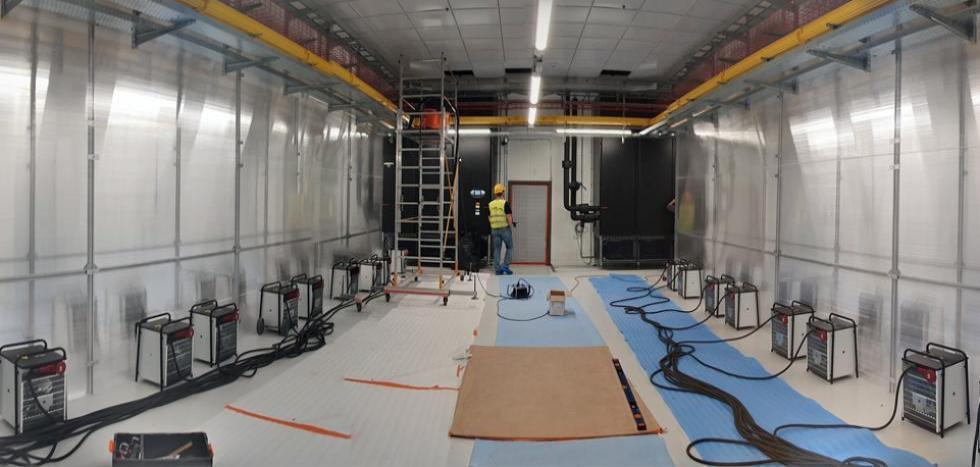
HL 4kW/230V
- Voltage 240V/400V
- 230 V, single phase 50/60 Hz
- Full Load Rating 4kW
- Load in steps of 1 kW
- Operating temperature 0-45°C
- Possibility of stacking devices on each other
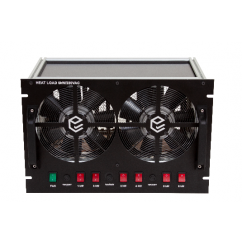
HL 6kW/230V
- Voltage 240V/400V
- 230 V, single phase 50/60 Hz
- Full Load Rating 6kW
- Load in steps of 1 kW
- Airflow: 1650 m3/h
- Operating temperature 0-45°C
- Possibility of stacking devices on each other
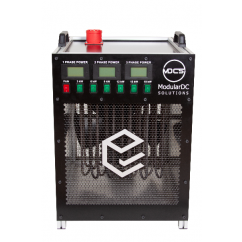
HL 18/3kW-400V
- Voltage 400V
- 400 V, 3-F, 50/60 Hz
- Full Load Rating: 18kW
- Load in steps of 3 kW
- Airflow: 2675 m3/h
- Balanced phase load
- Operating temperature 0-45°C
- Possibility of stacking devices on each other
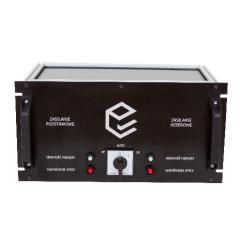
ATS 6/230V
- Voltage 240V
- 230 V, single phase 50/60 Hz
- Switchable power: 15kW
- Power switch function in automatic or manual mode
- Operating temperature 0-45°C
- Possibility of stacking devices on each other
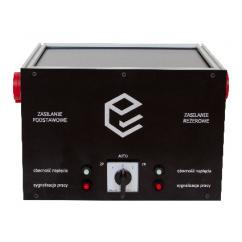
ATS 18/400V
- Voltage 400V
- 400 V, 3-F, 50/60 Hz
- 50 HZ
- Switchable power: 40kW
- Power switch function in automatic or manual mode
- Operating temperature 0-45°C
- Possibility of stacking devices on each other
Here are some steps that can be taken to perform a heat load test for a data center:
Determine the baseline heat load: Measure the current heat load of the data center by taking into account the IT equipment, lighting, and any other heat-generating sources.
Increase the heat load: Introduce additional heat into the data center, either by adding more IT equipment or by using external heat sources, such as heaters or lights.
Monitor the temperature: Use temperature sensors to monitor the temperature of the data center's air intake, supply, and exhaust points.
Record the data: Record the temperature data over a period of time to determine whether the cooling system is able to maintain the required temperature within the data center.
Analyze the results: Analyze the temperature data to identify any areas of concern and determine whether the cooling system is adequate for the expected heat load.
Make adjustments: If the cooling system is found to be inadequate, make the necessary adjustments to improve its effectiveness. This may involve adding additional cooling equipment or reconfiguring the existing system.
Repeat the test: Once the adjustments have been made, repeat the heat load test to ensure that the cooling system is now able to handle the expected heat load.
By performing a heat load test for a data center, you can ensure that the cooling system is able to handle the expected heat load of the IT equipment and identify any potential issues before they become critical.
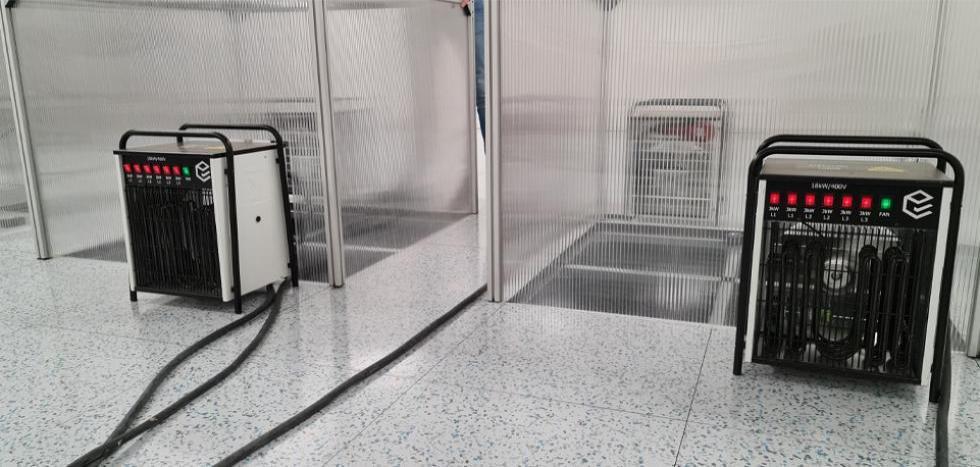
A data center heat load test is a procedure that is used to evaluate the capacity of a data center's cooling infrastructure to handle the heat generated by its IT equipment. The purpose of this test is to ensure that the cooling system can maintain a safe and stable operating temperature for the equipment, and to identify any potential issues or limitations in the cooling infrastructure.
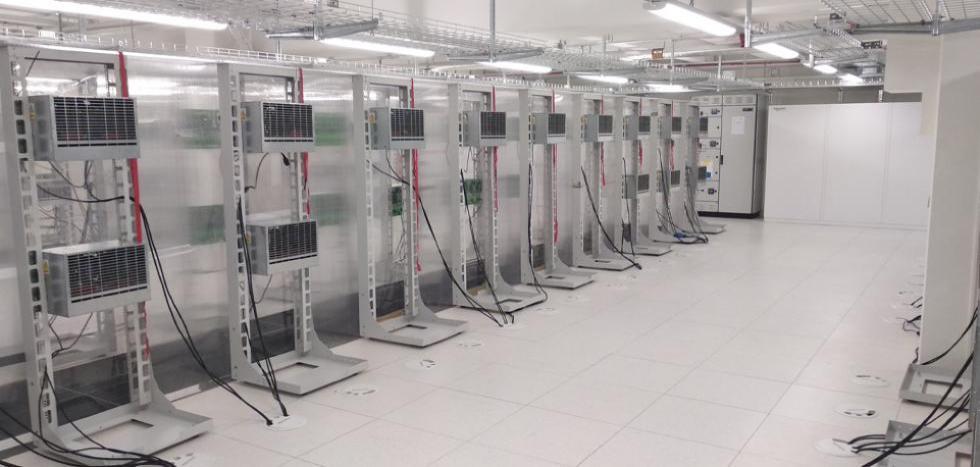
There are a few different methods for conducting a heat load test, but one common approach is to simulate the maximum heat output of the IT equipment by using portable heat generators or "load banks." These load banks are designed to produce heat at levels that are similar to what would be generated by actual servers, storage devices, and networking equipment.
